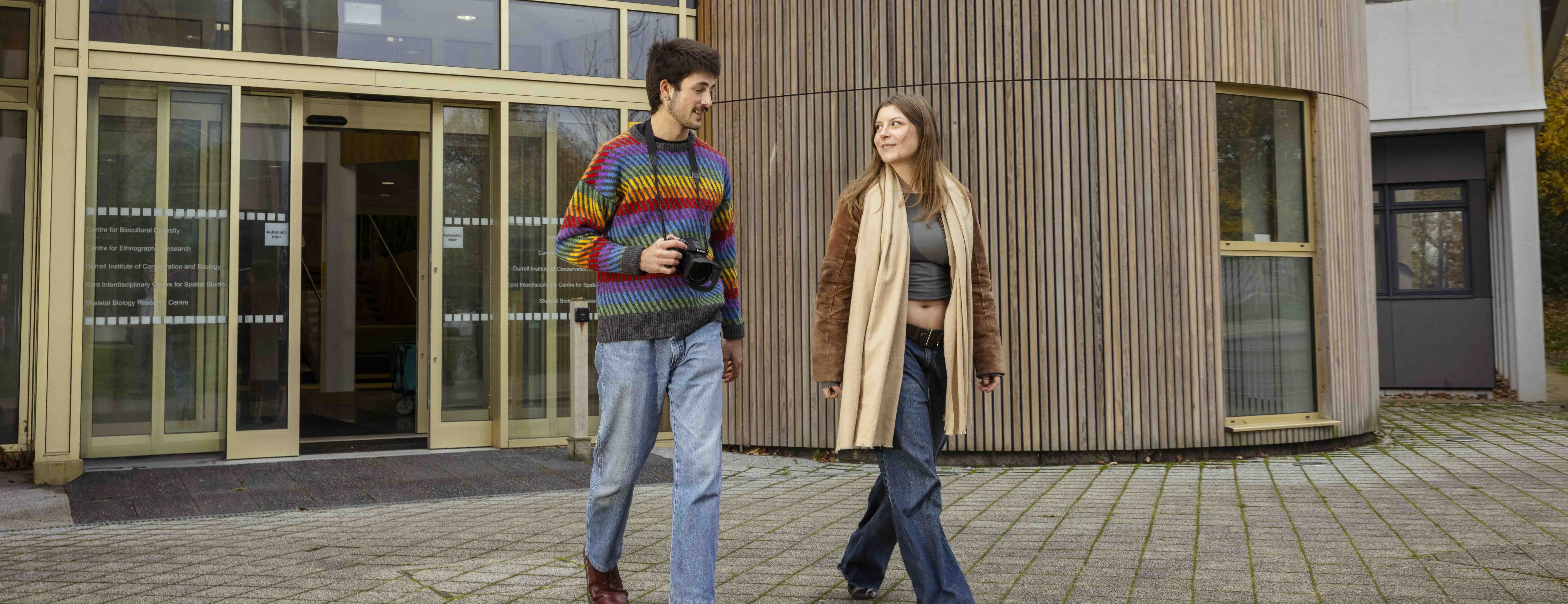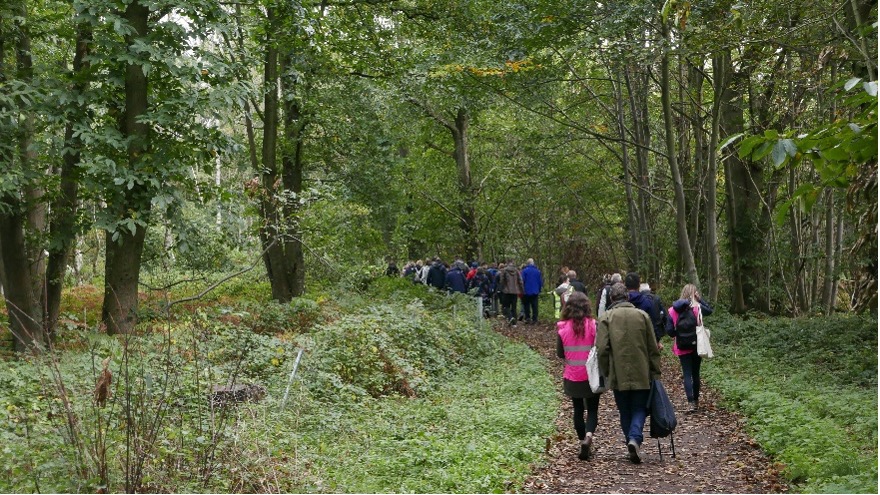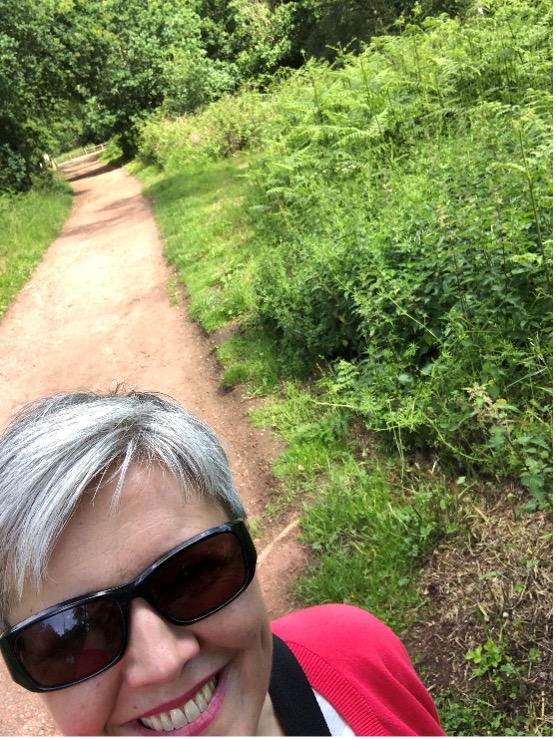Hi Gail, thanks for being this month’s Staff Spotlight! Can you tell us a bit about your role in DICE?
My current role is Support Officer for the Leverhulme Space for Nature Doctoral Scholars. This is a new and exciting role which means that I get to meet (and hopefully help!) some of the talented students that complete their PhDs here at DICE.
I unexpectedly discovered academia later in life and started at DICE in 2013 as a PhD student, exploring accuracy, error and bias in species identification by applying methods from forensic face recognition research. I was then lucky enough to be a post-doctoral research assistant from start to finish on the five-year RELATE project with Zoe Davies exploring which components of nature and biodiversity play a role in human wellbeing. This was an incredibly interesting and exciting project to be involved with.
In addition to these positions, there is a whole host of other things to get involved with at DICE. We have regular talks, seminars, collaborations, conferences and support our peers with their research, making it a vibrant place to work and much more than the written job description!
What are your research interests?
The start of my academic journey included volunteering, then working, at my local biodiversity records centre. This introduced me to a community of people who would previously been known as ‘amateur’ naturalists, yet the term belies their wealth of expertise and knowledge of species and habitats. I’m involved with local recording groups (e.g. KRAG) who are part of a wider network which provide species observations that is used for many things, including conserving biodiversity. These data are held in large, publicly-accessible databases (e.g. iRecord, NBN Atlas) and used as evidence to inform decisions made about the natural environment. Reliable, robust data is fundamental to effective decision-making, which we often test using statistics, yet the reliability or accuracy of species observations is rarely considered or mitigated for in research. Misidentification can also have widespread socio-economic impacts.
In its simplest form, this process is a judgement made by reference to identification aids, or from prior knowledge, but is under explored. For example, training courses rarely test participants’ ability to identify species before training & it is hard to ascertain if the training has worked or whether people already had the skill. I’m really interested in these patterns and processes. Understanding how individuals interpret what they see and how this relates to prior knowledge and experience could provide opportunities to improve accuracy in species identification, plus the potential to develop training programmes to be used in the wider conservation community.
Tell us a fun fact about yourself (conservation-related or other!)
Sharing an office with other PhD students not only means that you meet a lot of interesting people, but you also learn new skills. Amy Hinsley and I started Krav Maga classes and reached Practitioner Level 2 (P2), while Hazel Jackson introduced me to the merits of weight training, and I can now deadlift my own body weight! All in preparation for my old lady body.
For more about Gail’s work, visit her staff profile on the DICE website.


